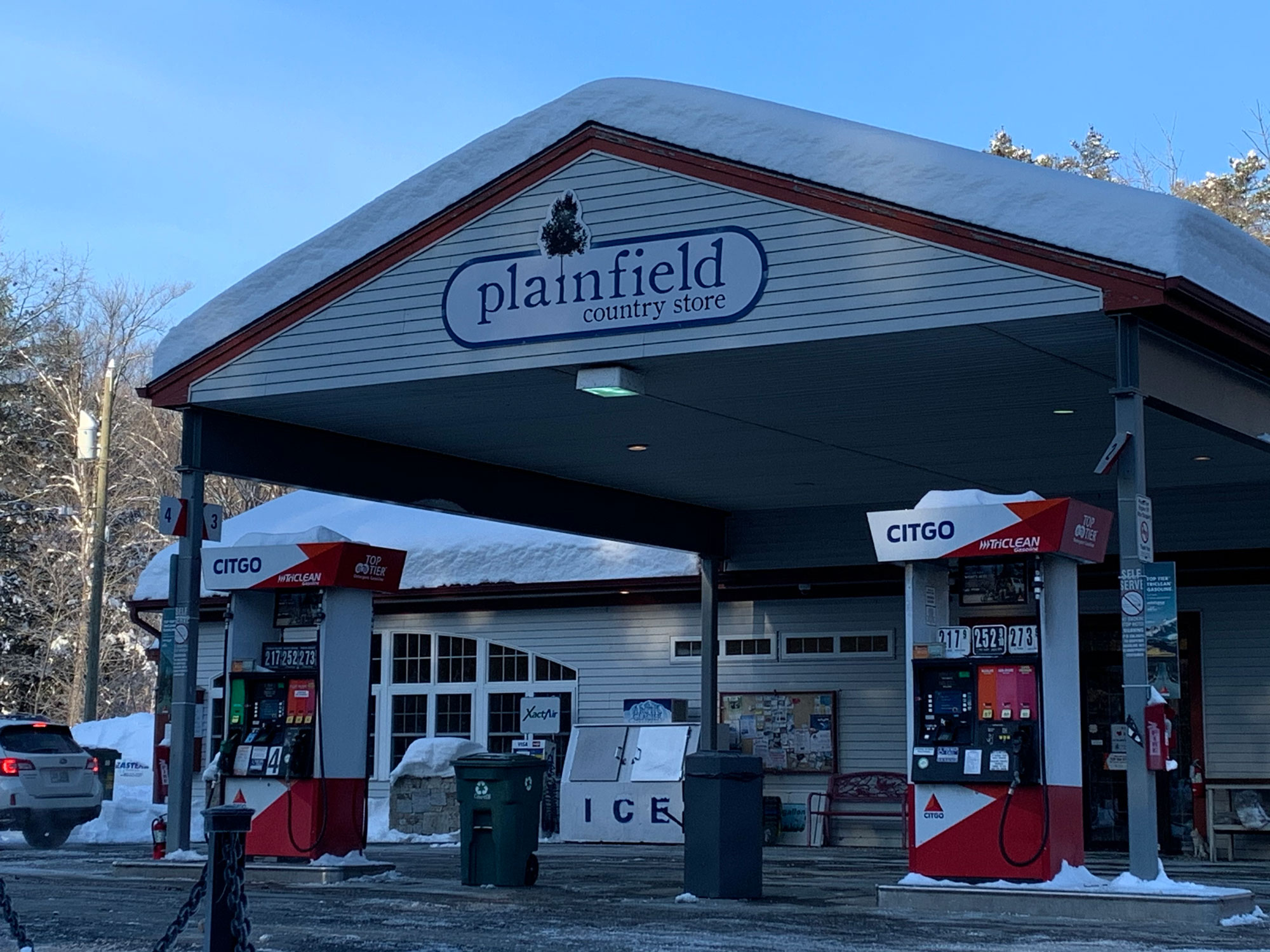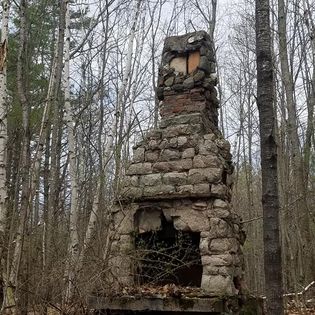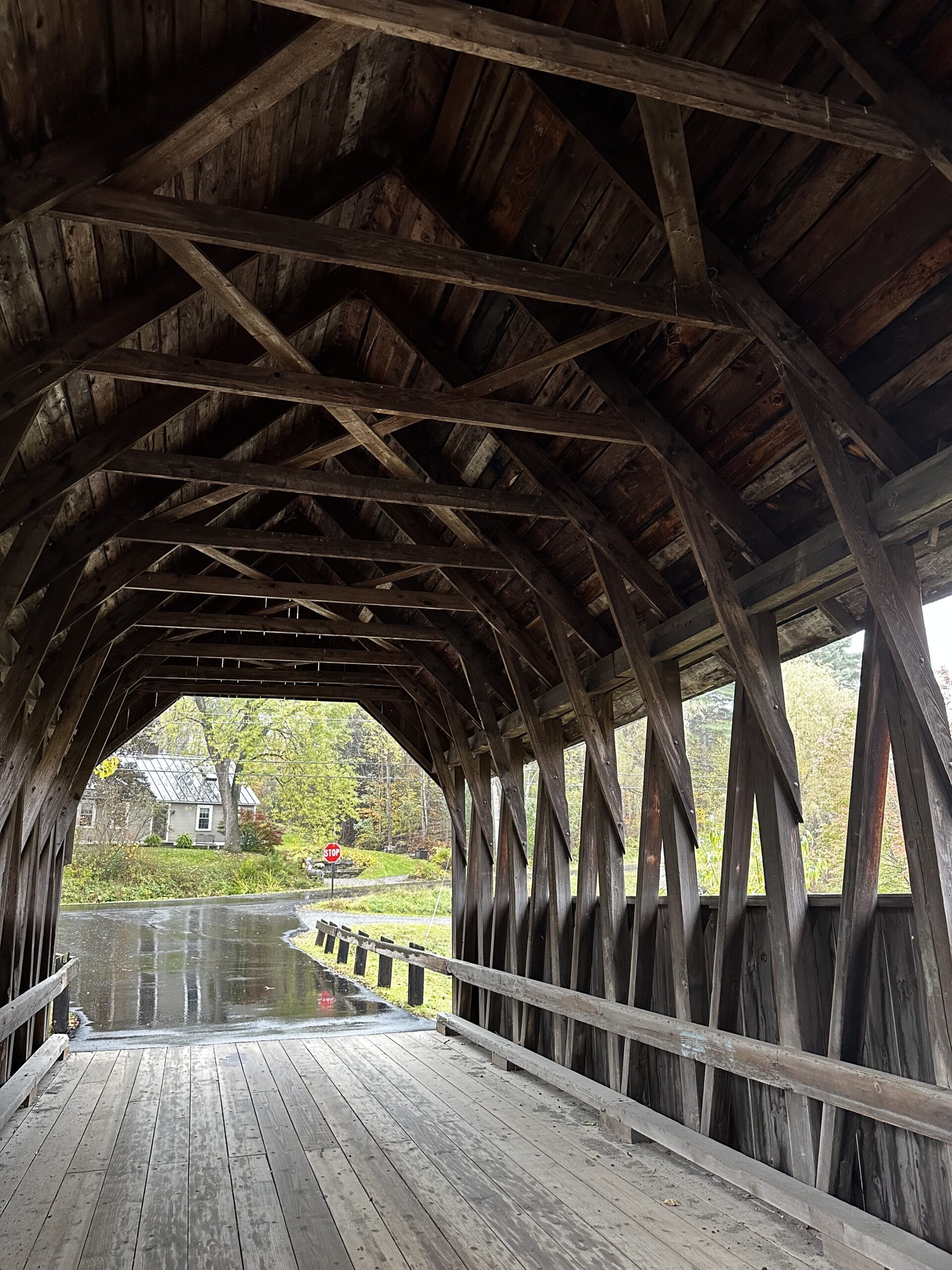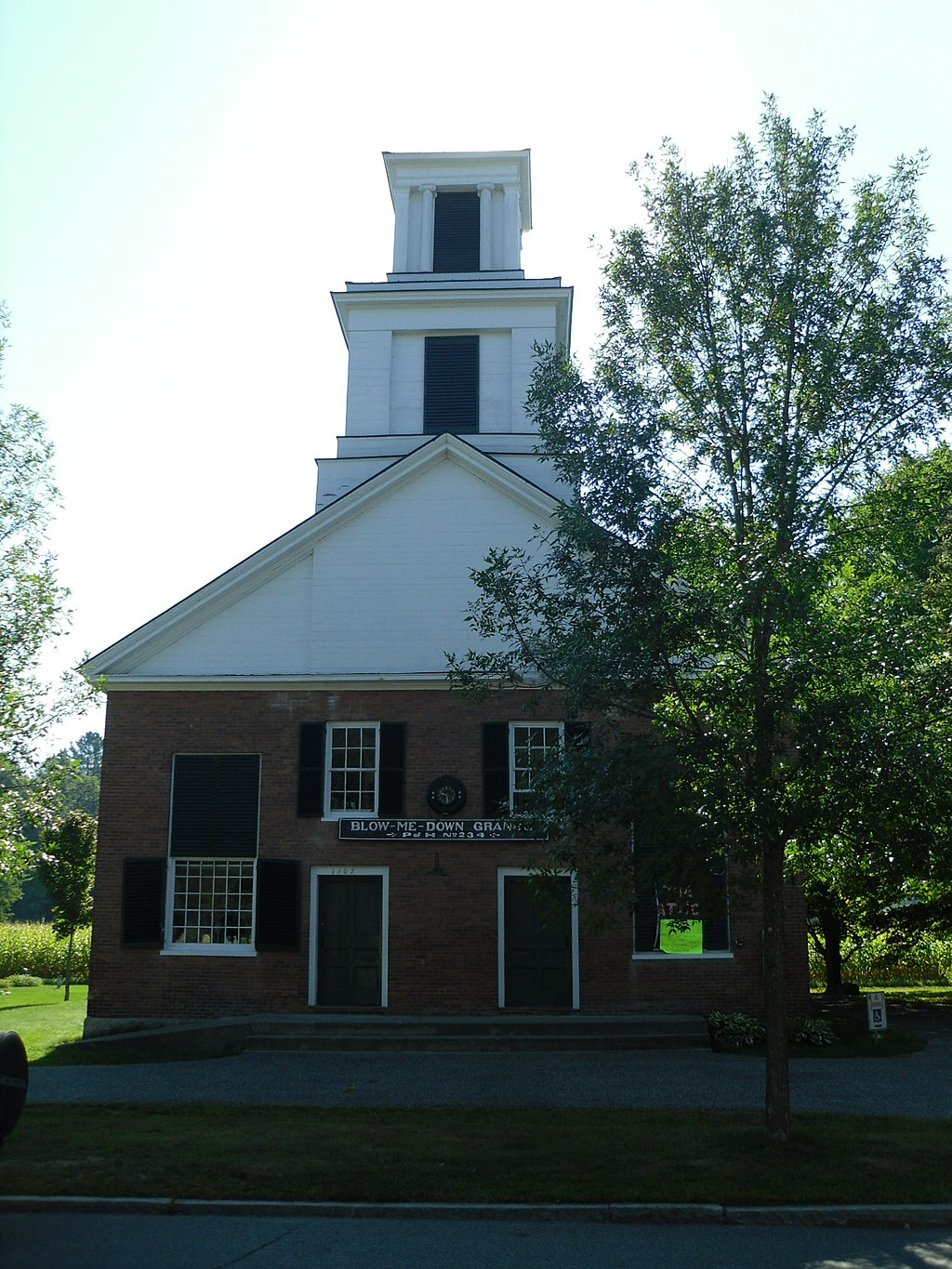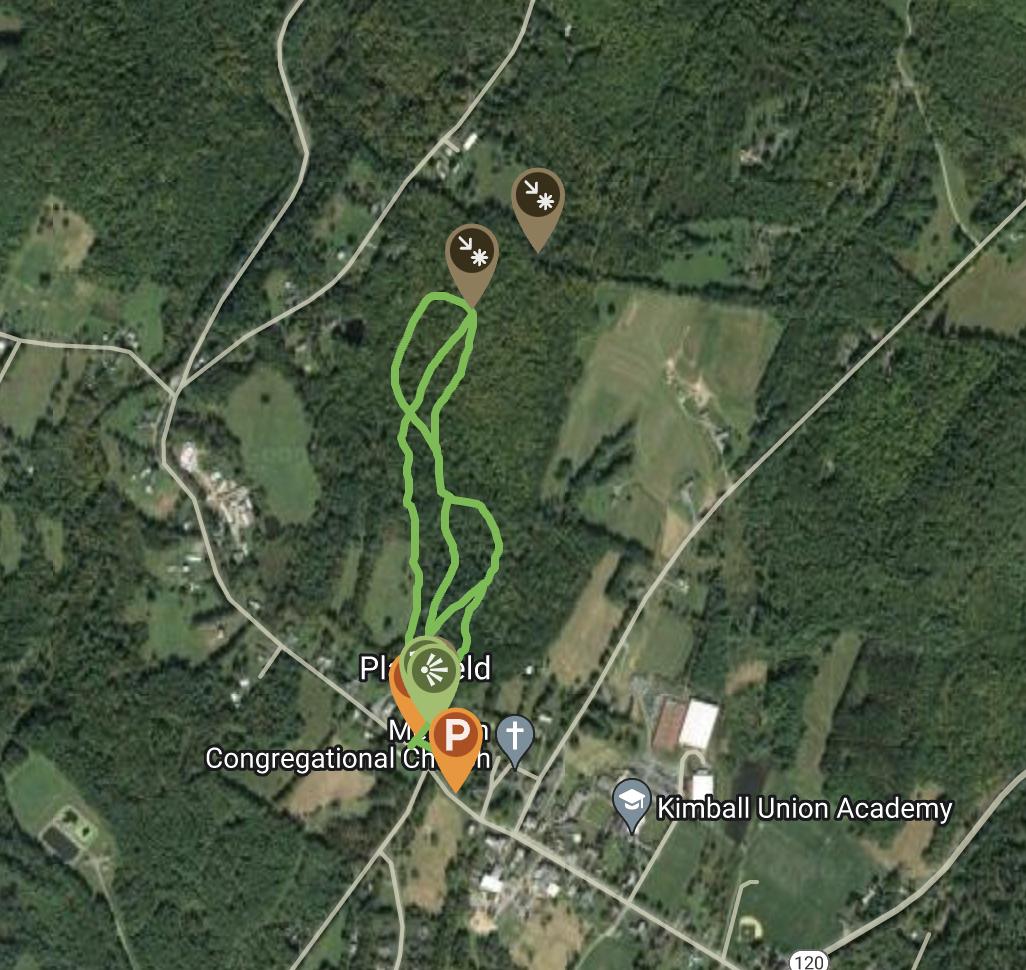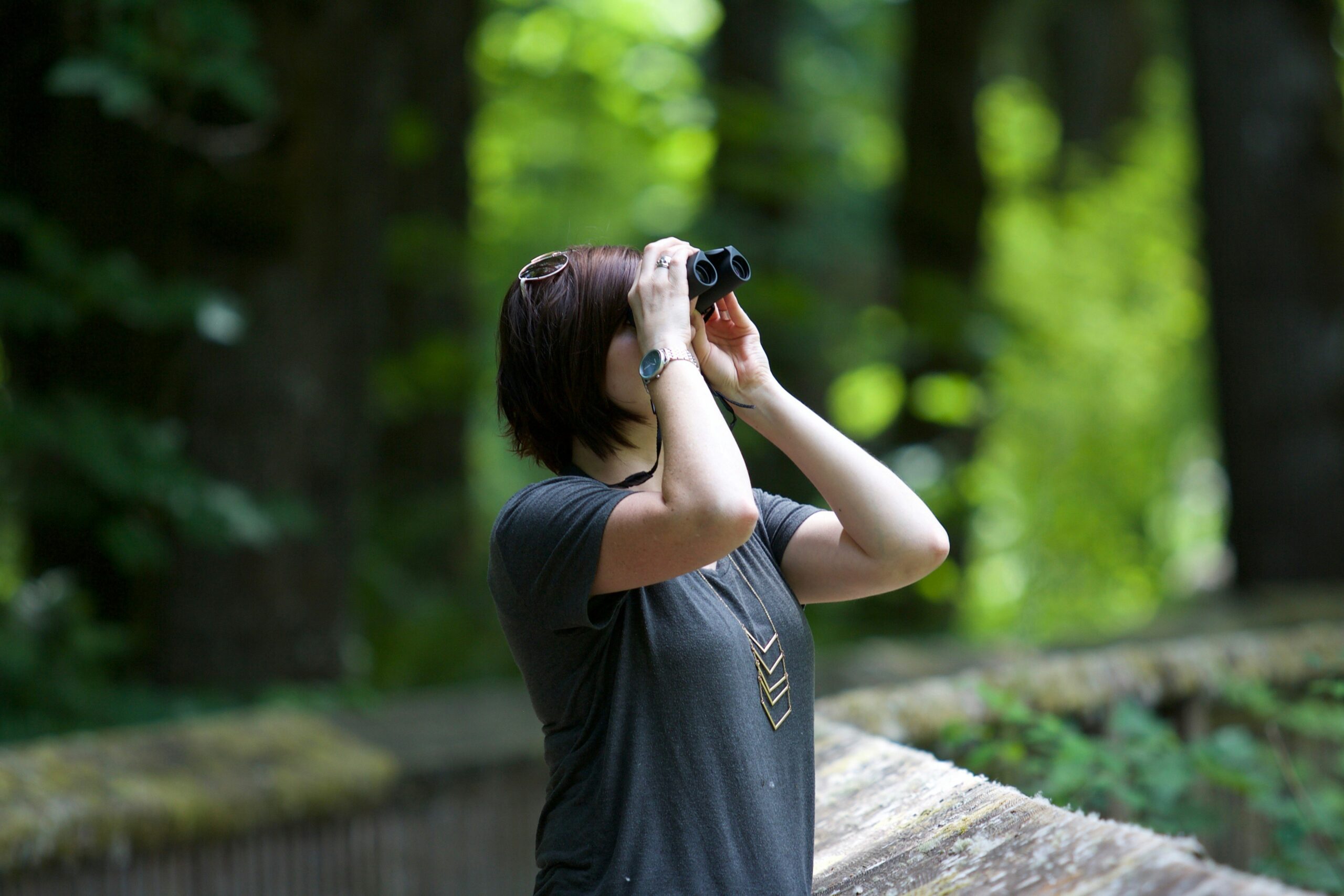Plainfield
Plainfield, incorporated in 1761, is situated in northwest Sullivan County. Perhaps the most famous attraction in Plainfield is William Smith Auctions, located in the heart of the town. William Smith averages 45 auctions annually that draw huge crowds across New England! Plainfield, like Acworth, has a very popular General Store. The Plainfield Country Store is a delicious stop for homemade bread, baked goods, soups, and vegetarian entrees. Along with serving breakfast, lunch, and dinner, the store has a market carrying both common brands and locally raised and made products like meat, honey, bells, maple syrup, goat sausage, pottery, bread, salsa, textiles, milk, ice cream, and jams. The town and surrounding area are also a bird watchers’ and hikers’ paradise! The Helen Woodruff Smith Bird Sanctuary and Annie Duncan State Forest offer many hiking trails winding through a 32-acre bird sanctuary, mostly covered with tall towering pines. Finally, stop by Mac’s Maple farm for some of the best Maple Creemees in the region!
The following article was written by Halle Swets on February 8th, 2024.
Sugar River Region Featured Community: Plainfield, NH – A Cornish Art Colony Turned Bird Haven
Plainfield is situated in the western part of New Hampshire in Sullivan County, and is known for its scenic rural setting. The town is characterized by rolling hills, forests, and picturesque landscapes. Sitting in the northern part of the Connecticut River Valley, Plainfield is positioned across from the merging point of the Ottauquechee and Connecticut Rivers. The town is broadly divided into three regions: a flat terrace along the river, hilly uplands, and the mountain range of Croydon Mountain. Plainfield also boasts a vibrant social and architectural history, and its residents have steadfastly championed the conservation of the town’s historical assets.
Plainfield Community Facts:
- Incorporated in 1761
- Started as a Cornish Art Colony (1885-1930)
- Likely named after Plainfield, Connecticut where several of the original settlers came from and their desire to reflect simplicity or the plain nature of the landscape.
- Population: 2,459 (as of 2020 decennial census)
- Grown by 4% since the year 2010
- Area: 53.0 square miles (137.2 km2)
- Elevation: 522 ft (159 m) –
- The highest point: Grantham Mountain at 2,660 feet (810 m) above sea level
Preserving the History of a Quaint Town
Plainfield has a deep-rooted social and architectural history, with its residents consistently championing the preservation of the town’s historic resources. This commitment is integral to maintaining a distinct sense of place and identity. The surviving structures from bygone eras contribute significantly to the town’s character, individuality, and foster a sense of continuity and community.
The town is particularly fortunate, as the main streets of both Meriden and Plainfield villages are primarily adorned with buildings dating back to the 1800s and early 1900s. The attractiveness and preservation of the character of these areas is attributed to an absence of intrusive commercial development in the village centers. Remarkably, Plainfield boasts over thirty 18th-century buildings and another 109 structures constructed between 1800 and 1850, the majority in excellent condition. This preservation underscores the town’s tradition of respecting and caring for its older structures. Five local sites are currently listed on the National Register of Historic Places: the Meriden Covered Bridge (1890), the Mother’s and Daughter’s Clubhouse (1902), the Plainfield Town Hall (1798, moved to present site in 1840), the Meriden Town Hall (1896) and the Blow-Me-Down Grange #234 (1839). A number of other Plainfield sites are potentially eligible for inclusion in the National Register.
The historic Plainfield Town Hall is home to the Maxfield Parrish Stage Set and both (as one) are on the “seven to save in NH”, which you can learn more about with this Youtube video.
During the Cornish Colony’s heyday from 1885 to 1930, Plainfield and Cornish attracted renowned artists. These artists and their families, making Plainfield their summer or year-round home, not only contributed to the local economy but also cultivated interest in drama, arts and crafts, and cultural activities. The intellectual and artistic life of the community has also been enriched by the contributions of faculty and students from Kimball Union Academy, founded in 1813. Did you know that about 50% of the Cornish Colony artists, including Maxfield Parrish, lived in Plainfield?!
Beyond historic structures, areas in close proximity to the water have great potential to naturally hold significant prehistoric and historic archaeological sites. The eastern banks of Sumner’s Falls, the low-lying meadows of the Sprague property, and the land across the Connecticut River from the mouth of the Ottauquechee River are known to be archaeologically rich. These areas, along with possibly others in meadows on the lower terraces of the Connecticut River, warrant protection for their archaeological potential.
Explore at the Helen Woodruff Bird Sanctuary
Established in December 1910 by Ernest Harold Baynes, the Meriden Bird Club originated as a response to the widespread exploitation of birds for food, egg collecting, and the flourishing feather trim industry for clothing and hats. The club took a pioneering stance in bird protection, and in 1911 became the first sanctuary in the country to own and manage birds. Helen Woodruff Smith made this endeavor possible through a monetary gift that later facilitated the acquisition of the Watson Farm.The club actively engaged in a variety of initiatives aimed at fostering hospitable habitats for a diverse range of bird species, earning the town the moniker “Bird Village”. Additionally, the club conducted experiments with innovative approaches to bird food, feeders, and bird baths.
Within the 32.3-acre bird sanctuary, a network of paths winds through the pines, constituting a significant portion of the forest cover. These days, the 1.6 miles of woods trails are maintained and most popular for foot activities, such as walking or cross-country skiing. There are four different types of blazes that mark the main trails; blue, green, yellow, and red. There are also a few points of interest to visit, including the stone bird bath and various memorial plaques near the sanctuary’s entrance. There is also a lovely natural theater glade that is ideal for picnicking and bird watching.
Water-Based Fun on the Connecticut River and More
The Connecticut River serves as a natural boundary between New Hampshire and Vermont, with Sullivan County situated on the eastern bank of the river with the river forming the western boundary of the county. The Connecticut River is one of the longest rivers in the United States, flowing approximately 410 miles from its source at the Connecticut Lakes in northern New Hampshire near the Canadian border. This location places Plainfield in close proximity to the natural beauty and recreational opportunities offered by the river.
Plainfield’s primary recreational asset is the Connecticut River, which forms the western boundary of the town and the state. This expansive waterway, extending from the Canadian border to the Long Island Sound, presents opportunities for fishing and water-based activities. The landscape along the Connecticut River can vary, encompassing rolling hills, meadows, and wooded areas. The river’s course may influence the types of flora and fauna found in the surrounding regions. Sumner’s Falls in Plainfield stands as one of the few remaining undeveloped rapids in the river. While caution is urged due to fluctuating water flow from the Wilder hydroelectric dam, these rapids provide challenging opportunities for expert white-water kayaking. Swimming in the river is not recommended due to strong currents.
Local bird enthusiasts have observed an increase in bald eagle sightings along the Connecticut River corridor, particularly near Sumner’s Falls and River Road. The riparian zone, which is the interface between land and a river, is an essential component of the Connecticut River’s geography and supports a variety of plant and animal species, making it ecologically significant.
The river offers excellent fishing for small-mouth bass and walleye, with opportunities to catch trout, pike, and large-mouth bass. Although Plainfield lacks public river access, there is a state-owned boat landing on NH Rte. 12A in Cornish, just below Plainfield’s southern boundary. Additionally, canoe and fishing access is available on NH Rte. 12A, just north of the Lebanon boundary.
Another source of water fun is the locally-known and loved swimming hole right near the Kimball Union Academy campus and located directly under the Meriden Covered Bridge. There is a medium-sized pool that is perfect for swimming and a smooth rock expanse that serves as the platform ledge, off which you can jump into the cool water. The water flow on the rocks beneath the bridge forms a gentle waterfall that is wonderful for sitting in too. It’s a fantastic spot to hang out in during the heat of the summer!
Living in Plainfield Today: Demographics and Housing
If you love getting out on the water, spending time with family, or exploring quaint towns, Plainfield is the place to be. A quiet community where a leisurely pace is the norm and you are always encouraged to stop and admire the view.
You can visit and stay at one of the enchanting AirBnb properties in the area including this Historic Home on 17 acres of land, which is listed as a guest favorite with 4.89/5 stars on AirBnb. You could choose to opt for this Renovated 1817 Hobby Farm Close to Dartmouth with a view of Mount Ascutney, as well. If you’re looking to move to an inexpensive and quiet country town close to an abundance of recreational activities and a great school- then Plainfield may be the place for you! Keep this area on your radar and set up those property notifications! It’s a 14-minute drive to the city of Lebanon where you can find major retailers, shopping, and dining. The Lebanon Municipal Airport is 9 miles away and offers daily service to Boston, MA and White Plains, NY.
If you’re visiting in the summer, a popular event you won’t want to miss the town 4th of July art show with local Cornish, Plainfield, and Meriden artists!
The following is a quick snapshot of statistics about Plainfield, in hopes to provide further insight for those interested in the area. For example, as of the 2020 decennial census, 60.9% of the population of Plainfield are employees of private companies and 33% are private not-for-profit wage and salary workers.
| Median Age | 58.2 |
| # of Households | 83 |
| # of Housing Units | 94 |
| % Without Healthcare Coverage | 0.0% |
| Employment Rate | 47.8% |
| Median Family Income (Annual) | $98,417 |
| Per Capita Income | $89,992 |
| % Population Below Poverty Line | 0.0% |
| Average sale price for a 3/2 house | $674,000 |
| Median Gross Rent | $1600/mo |
Plainfield town profile, United States Census Bureau
You can follow the “Town of Plainfield, NH” Facebook group to get updates from the town about current events, emergencies, and opportunities within the community! This group and other private ones like it really demonstrate the tight knit community and sense of care that you get in the neighborhood.
